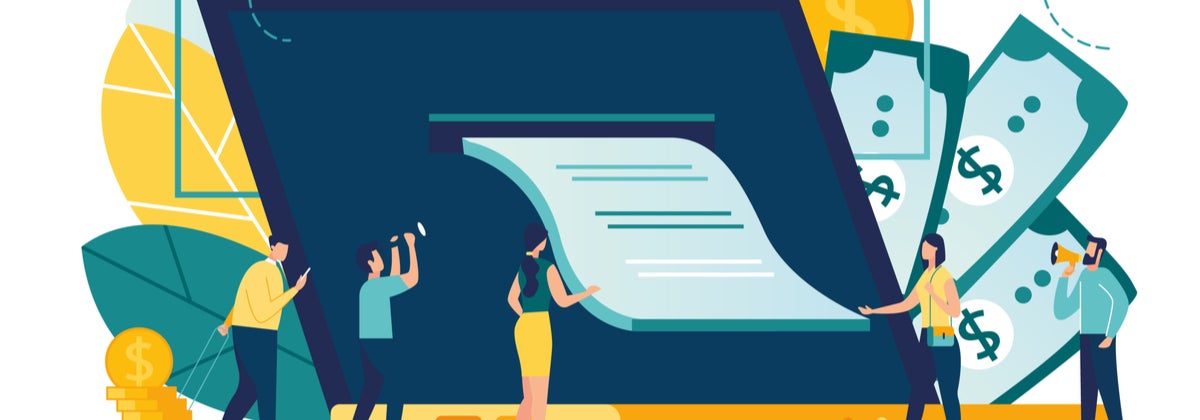There are plenty of ways you can get slammed with credit card fees when using your plastic. High interest charges, annual fees, late payment fees, they all add up! But no matter what kind of card you have, there are ways to keep those fees under control. Here are Canstar’s top six tips for managing your card.
1. Annual credit card fees
Plenty of credit cards charge an annual fee. These typically range from $30 to upwards of $300. Most cards charge the same fee every year, although some cards may waive the annual fee for the first year you hold the card. So it pays to shop around and read the fine print. If you want to avoid annual fees, it could be a good idea to opt for a no-annual-fee card.
For more information on no-fee cards, check out our story: No Annual Fee or Low Interest Credit Cards: What’s Better?
2. Interest charges
Plenty of credit card providers charge a reasonably high interest rate on any outstanding balance left on their cards. Credit cards typically have high interest rates because they are an unsecured debt.
Unlike other loans or lines of credit, interest rates on credit cards are always well above the official cash rate and remain pretty static. By comparison, home loans and term deposit accounts tend to reflect any movement in the cash rate.
To avoid hefty interest charges:
- Pay your bill in full each month, if possible. It’s the simple solution!
- Choose a card with a low interest rate
- Reduce, or stop completely, your spending each month until you lower your balance

3. Credit card fees for foreign currency conversion
If you’re using your credit card overseas – or even buying something online in New Zealand from an overseas retailer – you can expect to pay a currency conversion fee on top of whatever exchange rate is on offer at the time. Just keep it in mind before you click that checkout button. If you’re planning to travel overseas with a credit card, you may want to consider using a travel money card, instead, which can offer better conversion rates.
4. Credit card fees for late payments
Every time you pay your credit card bill late, generally, you’re hit with a late payment fee. The easiest way to avoid this fee? Consistently making at least the minimum payment by your due date.
You can always set up an auto payment for your minimum to make sure you’re never late. This will also allow you to keep a good credit score. Read any credit card’s small print carefully, and check the late fee, before you sign up.
5. Balance transfer fee
A credit card balance transfer is a form of transferring your existing credit card debt to a new credit card with a lower interest rate for a certain period of time. The aim is to completely pay off your credit card debt during that low interest rate period.
But a lot of balance transfer credit cards charge a balance transfer fee, as well as the usual annual fee. The transfer fee is usually between 1% and 3%. Before you transfer your balance, you should factor in the cost of moving your balance. It might actually cost you less to just leave it on your old card.
For the best balance transfer deals, check out our story: Lowest Rate Balance Transfer Credit Cards.

6. Credit card ATM cash advance fee
A cash advance is when you use your credit card to withdraw cash, whether you do that at an ATM, in a branch, or at the checkout of the supermarket. But cash advances usually incur a cash advance fee, which may be a flat fee or a percentage fee based on the amount of cash you withdraw.
Interest is charged on cash advances from the time you make the withdrawal. And the interest rate applied to cash advances is usually much higher than the interest rate for making purchases. Instead of taking out a cash advance, consider borrowing money from family or friends. Or, if it’s a larger amount, you could look into taking out a personal loan, as these can often offer better terms.
How can I compare credit cards?
Canstar has all the recommendations for you. Take a look at our story How to Choose a Credit Card for Your Spending Habits. But, as always, the choices are all yours.
Our free credit card comparison tool compares all the major cards in the market and awards the best our prestigious Star Ratings. You can use it to evaluate your credit card and decide whether or not you’re getting outstanding value. It allows you to compare interest rates, features, and fees for credit cards suited to your spending profile. For more information on credit cards and to compare further, just click on the big button below.
Compare Credit Cards with Canstar
Enjoy reading this article?
You can like us on Facebook and get social, or sign up to receive more news like this straight to your inbox.
By subscribing you agree to the Canstar Privacy Policy




Share this article